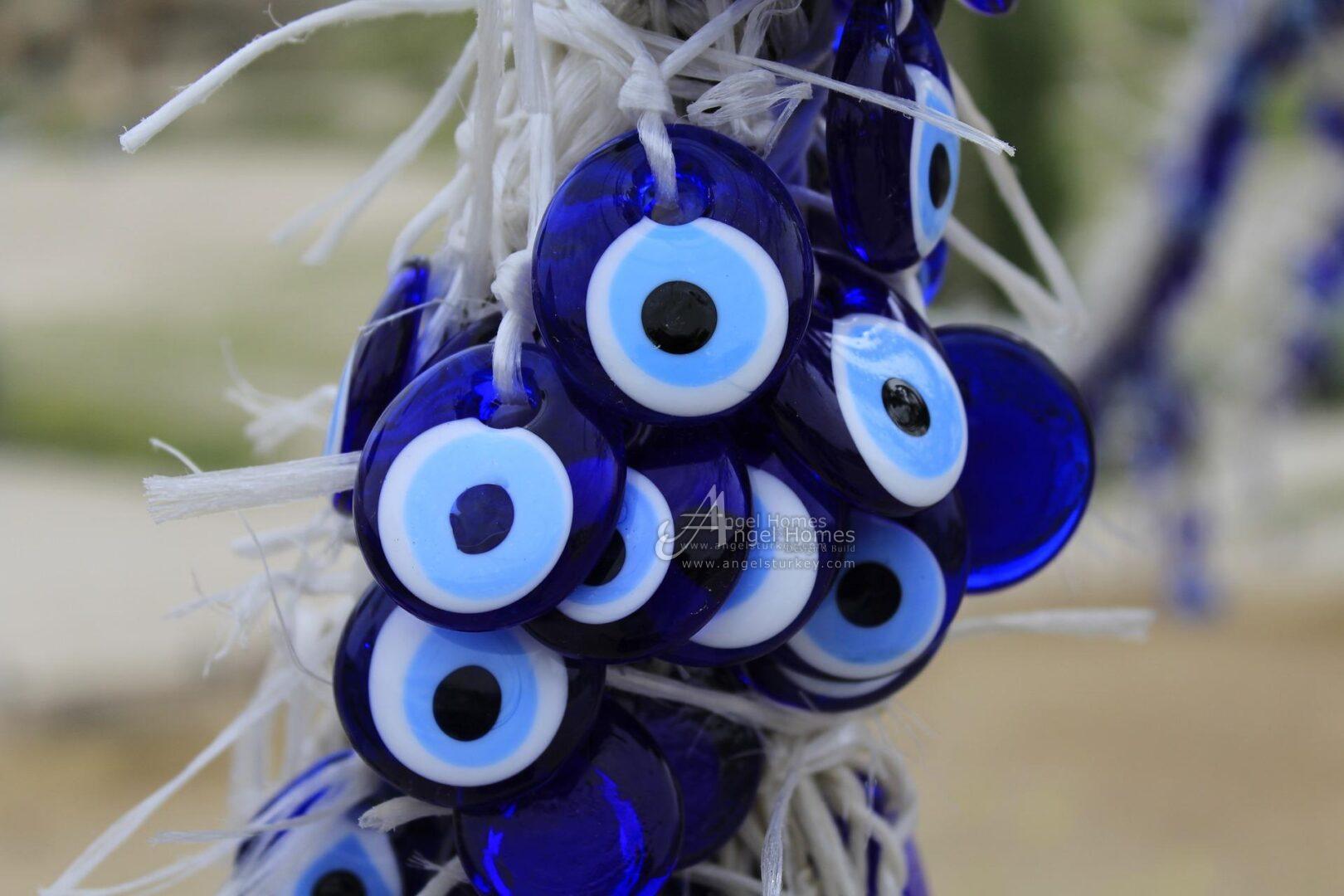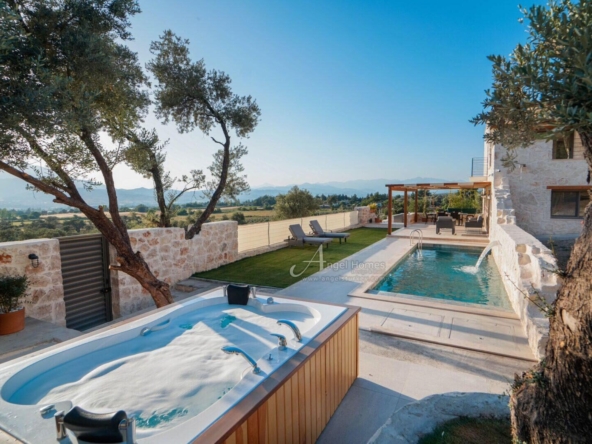We could all do with some good luck right now. Superstitious or not, it could be the right time to dig out those lucky charms – you never know, they may help fight off illness and give the world a well-needed boost of health and happiness.
The Turkish Evil Eye Bead (Nazar Boncuğu)
Most people familiar with Turkey will have seen the Nazar Boncuğu (evil eye beads). These beautiful bright blue and white glass beads can be found all over Turkey, and it’s commonly believed they protect us from illness, fend off evil glares, and bring us good luck.
History of Turkish evil eye beads.
The history of the evil eye dates back to the Upper Paleolithic Age, 5000 years ago where images of eyes can be found painted on rocks and stones. The eye symbol has meaning in Muslim, Jewish and Christian cultures. Still, it wasn’t until Roman times that a belief in malevolent glares took hold and people started to use eye symbols to protect themselves from evil.
Believers and the superstitious think stares and bad wishes can cause actual harm. Here in Turkey, many locals think freak illnesses, accidents, or a spate of bad luck is down to the “nazar”, and the result of someone’s jealousy or bad thoughts against you. This is why Turks created the blue evil eye bead because they wanted a symbol and a way to keep themselves safe from harm.
 The colours are significant.
The colours are significant.
The colours found on Turkish evil eye beads are significant. The dark blue suggests water, something precious and a symbol of growth and prosperity. Light blue suggests the sky, believed to symbolise truth and offer protection. And the white circle with the black dot in the centre depicts the protective eye that keeps you safe.
Where to find Turkish eye beads.
You can find Turkish eye beads in shops and souvenir stores all over Turkey. They are often gifted to people who get married and on the birth of a child. They are also worn as pendants to fend off illness or hung outside houses to protect homes. You can find evil eyes on ceramics, even painted on tables and coffee mugs.
An evil eye charm is one of the most popular souvenirs to take home from Turkey, and tiny eye beads are often attached to keyrings or safety pins and gifted to children, or given to customers by shop owners as a thank you for your trade. No matter if you believe in the superstition or not, a Turkish eye makes a beautiful gift and one that’s affordable and looks great around the home. Do display yours if you already have one, or be sure to purchase a few on your next trip to Turkey.
Other good luck symbols from around the world.
Most countries and cultures have good luck symbols. Let’s have a look at a few more…

ACORNS (England)
Many of us at Angel Homes are British, but hardly any of us realised acorns were considered a health and good luck symbol. But according to Google, carrying an acorn in your pocket is believed to protect you from aches and pains, and fend off illness – they are also said to speed up the healing and recovery process.
It all stems back to witches and a time when they were feared. One witch would give another witch an acorn as they passed in a forest to indicate they were in safe company. People started carrying acorns to give anyone they thought was a witch to avoid them casting bad spells or bad wishes. Witches we may not be, but acorns are easily found so pop one in your pocket if you see one!

FOUR-LEAF CLOVER (Ireland)
Did you know that the odds of finding a four-leaf clover is 1 in 10,000? Four-leaf clovers are rare, and you should consider yourself extremely lucky if ever you find one. The four-leaves are supposed to represent faith, hope, love and luck. So, next time you come across a patch of clover, eyes down and start hunting!

HAMSA (The Middle East and Israel)
It is commonly believed in both Muslim and Jewish communities, that the Hamsa Hand or Khamsa can protect people from the evil eye and bring health and good luck. Like many symbols, it does have some religious meaning. Muslims believe the five fingers suggest the Five Pillars of Islam. And in Hebrew, the fingers refer to the five books of the Torah: Exodus, Genisis, Leviticus, Numbers and Deuteronomy. The eye has a similar meaning to the Nazar Boncuk and is said to protect us from evil wishes.

ELEPHANTS (India and Thailand)
In a similar fashion to the Turkish evil eye’s, you see statues, images and pictures if elephants everywhere in Asia. Elephants symbolise good luck, strength, power and stability. There are many beliefs relating to elephants, but perhaps the most debated is to do with their trunks – should they face up to keep in the good fortune, or face down to spread the luck to others?

HORSESHOES (America)
In America, many believe it’s good luck to hang a horseshoe over the front door. Horseshoes are also depicted in Egyptian and Islamic art as a sign of protection. Like the elephant trunk, the question for believers is on which way is best to hang the shoe; ends-up suggests capturing luck, and end down suggests spreading the love and the good fortune with others.
Many people are superstitious, and these are just a few of the good luck charms found in different areas of the world. It’s always nice to have a souvenir with meaning and these would all make a great addition to your home or holiday home in Turkey.
If you want to find out more about Turkish lifestyle and culture, please keep an eye on the Angel Homes Blog and like and follow us on Facebook.
To view our a selection of Turkey Property, please see our website.





